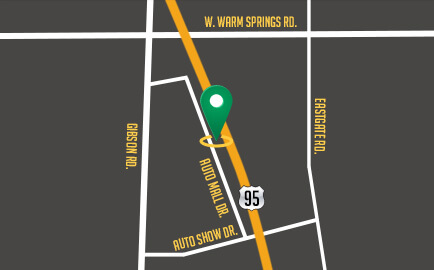Personalized Driving Experience: How Modern Cars Adapt to You
How Are Today’s Cars Delivering a Personalized Driving Experience Through Technology and Customization? The modern personalized driving experience goes far beyond adjusting your seat or mirrors. Today’s vehicles use artificial intelligence, adaptive driver profiles, and connected systems to learn your preferences and create a tailored environment every time you get behind the wheel. From automatic climate control adjustments to customized safety alerts, automotive technology is transforming how drivers interact with their cars—particularly valuable for Nevada drivers facing extreme temperatures and long highway commutes. Key Takeaways Smart Personalization Features Driver Profile Systems Your vehicle recognizes you through your key fob, smartphone, or biometric authentication and automatically loads your saved settings including seat position, mirror angles, climate control, instrument display layout, ambient










































